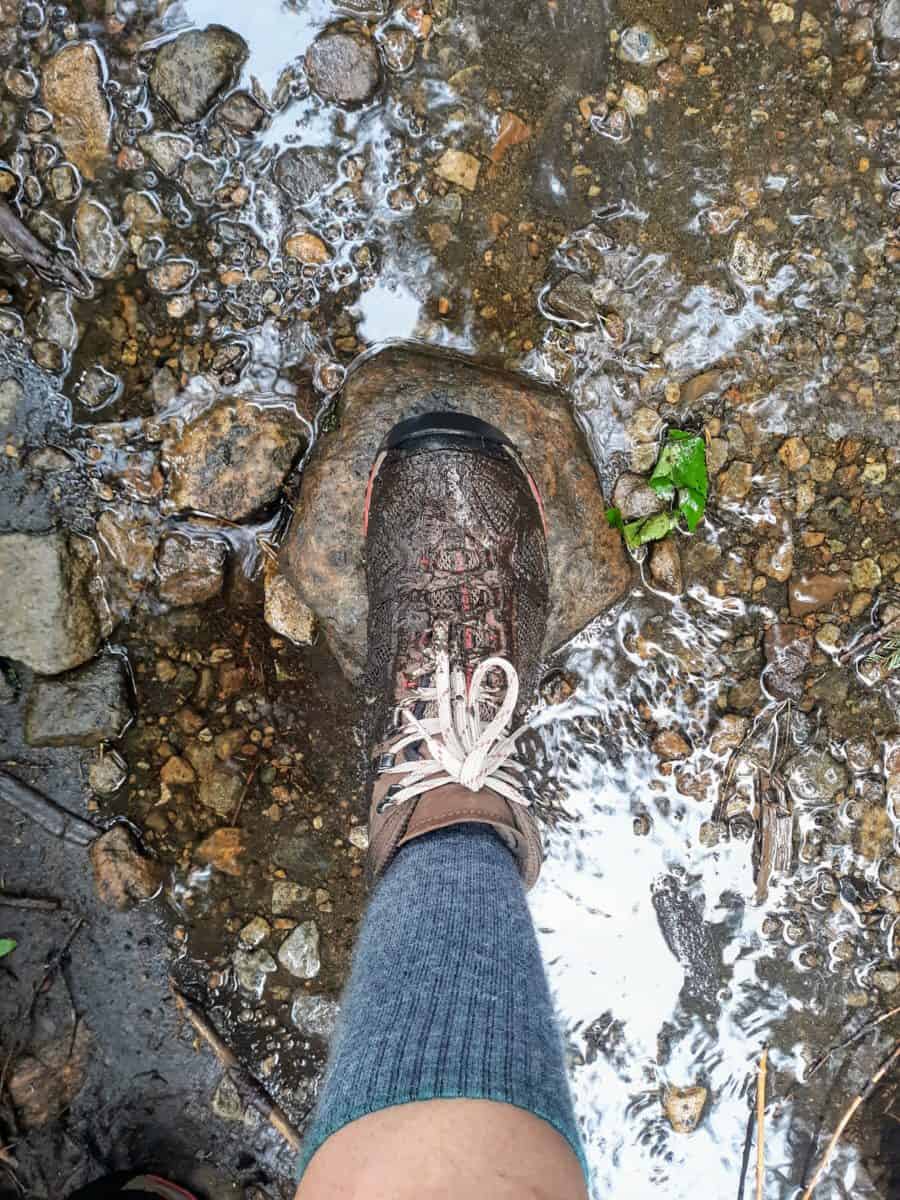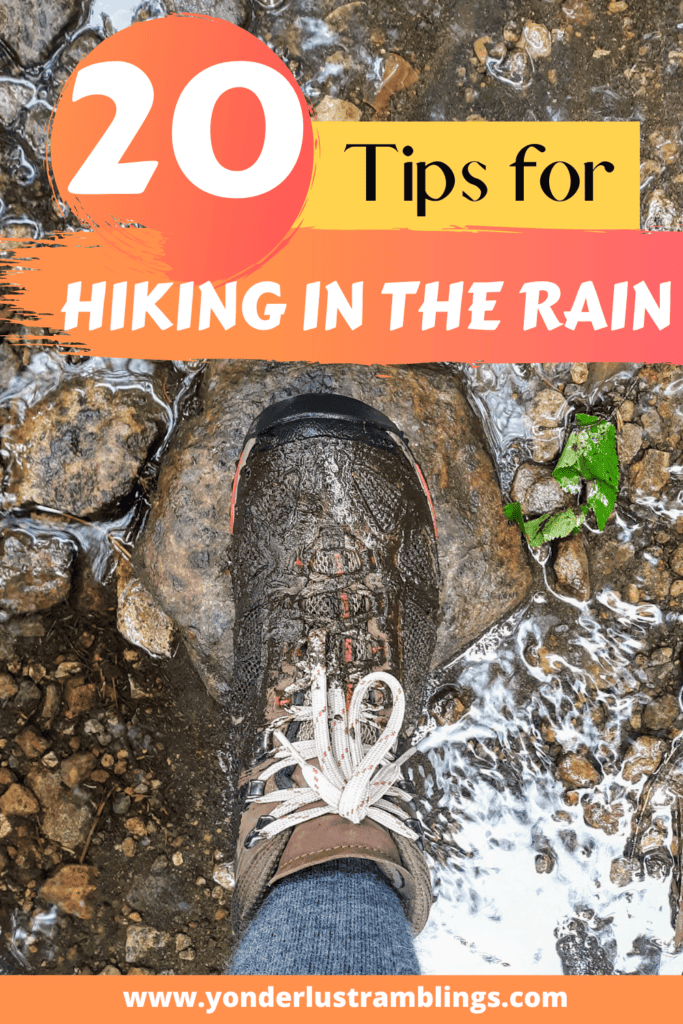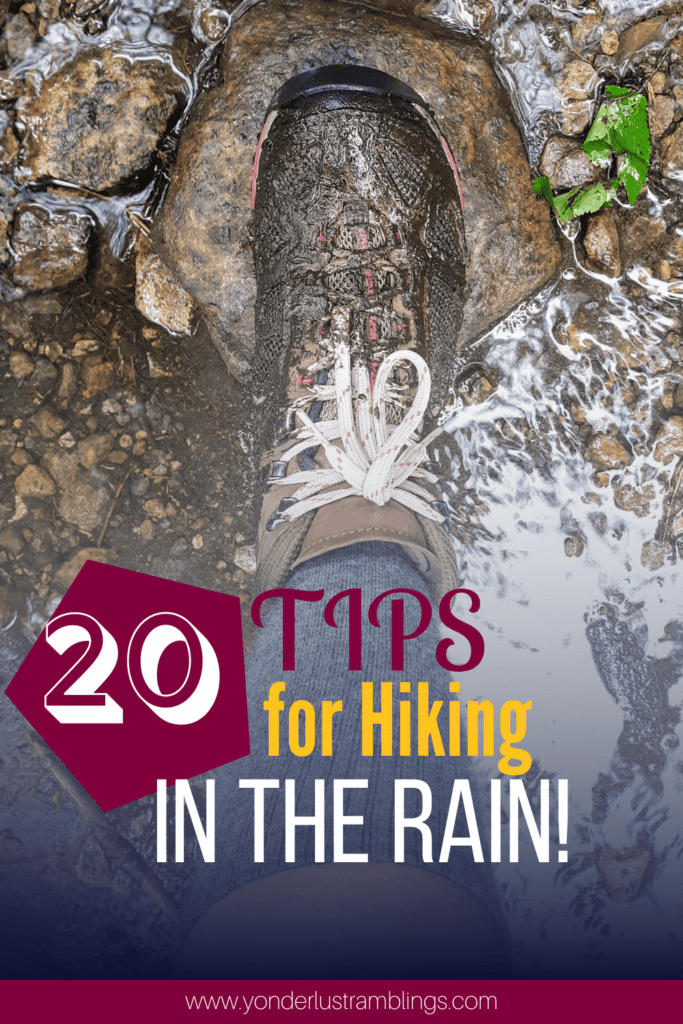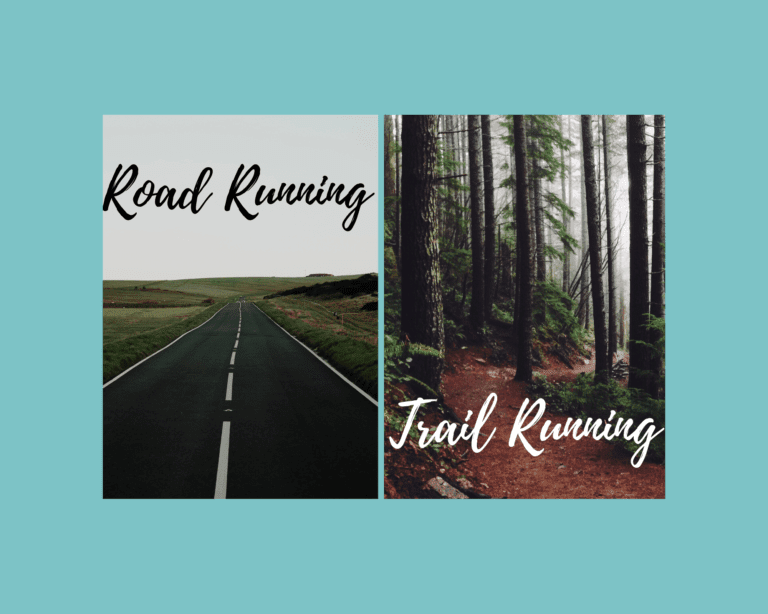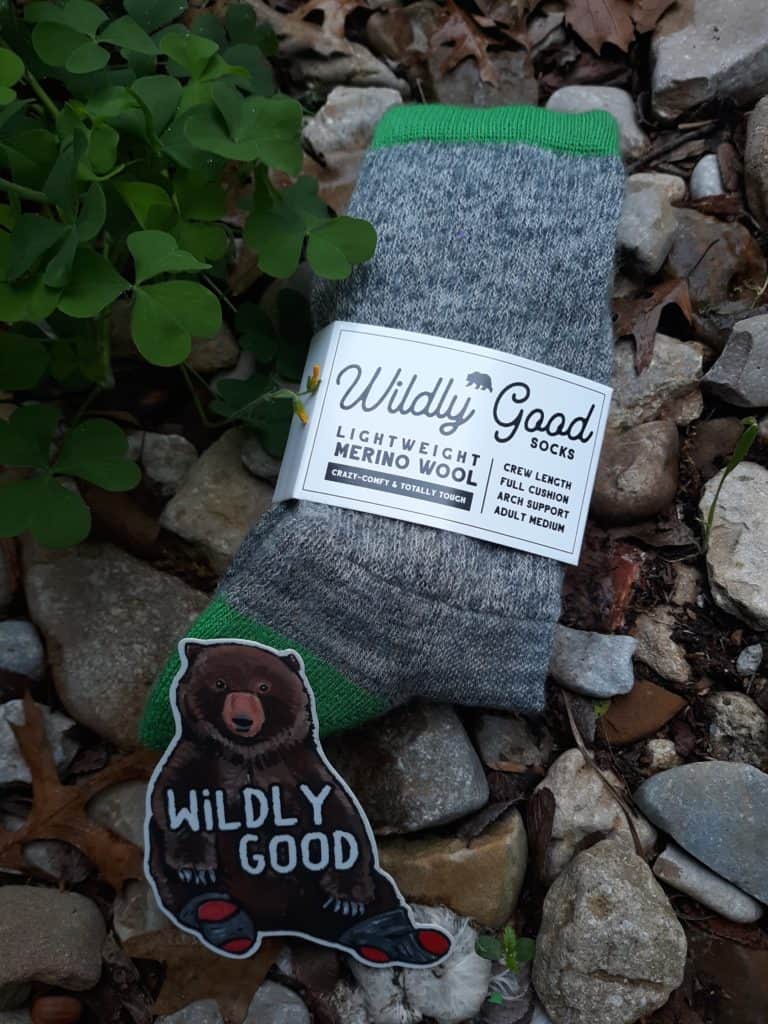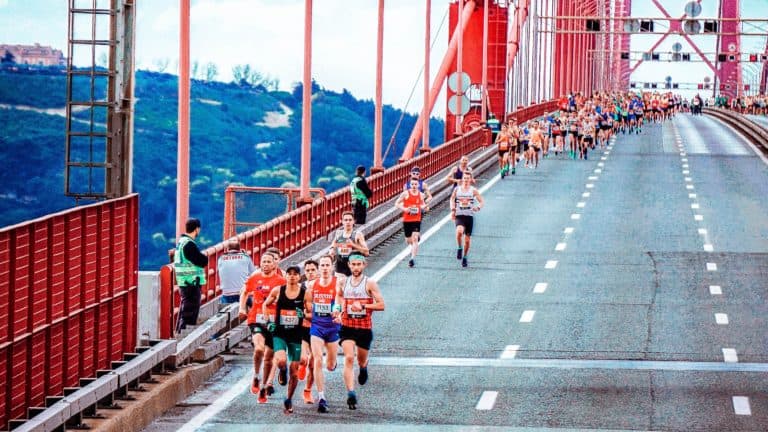20 Tips for Making Hiking in the Rain Fun and Safe
There is a false mindset out there that rain = no hiking. This does not have to be true! If you are always waiting on perfect weather to go hiking, you may end up missing out on soaking up all the hiking experiences you could have. Knowing how to safely and responsibly go hiking in the rain means you have complete freedom to go hiking in any season! This guide will walk you through all the steps to setting up a responsible plan for hiking in the rain, including recommendations for the best hiking rain gear and clothing, managing a rainy environment and terrain, choosing the right rainy day trail, and knowing how to assess danger in a storm.
Disclosure: Below are some affiliate links-these are all hiking rain gear products I highly recommend. I won’t make any recommendations on this page that I haven’t tested or personally used!
20 Best Tips for Hiking in the Rain
Let’s take a deep dive into each of these tips to follow for hiking in the rain:
#1: Get the Right Gear for Hiking in the Rain
Always start with the 10 essentials of hiking gear, no matter what weather conditions are forecasted for your hike. When rain is a potential, you will want to adjust your hiking rain gear inventory just slightly to account for the elements. This might mean adding a few additional hiking rain gear items, or investing in gear to protect your items. Here are a few hiking rain gear items that are great at protecting!
- Waterproof Pack Raincover – covers your entire backpack for very affordable prices
- Waterproof Dry Sacks – can cinch closed to create an impenetrable pouch for belongings
- Ponchos – can be thrown over your body to help keep rain out (not my favorite option as they are not comfortable to hike in, but are an option that can help)
- Ziploc Bags – great for keeping small hiking items safe and waterproof, like your phone, cash, hiking snacks, etc.
- Trash Bags – great for lining the inside of your pack with
So what other gear should you add to your hiking rain gear inventory that are specifically target to hiking in the rain? Here are a few helpful recommendations:
- Trekking Poles – can offer additional stability on swollen creek crossings or slippery surfaces you may encounter when hiking in the rain.
- Blister Prevention – wet feet can equal blisters, so make sure to proactively bring your blister prevention necessities just in case.
- Multi Towel / Microfiber Towel – for drying off
- Headlamp – storms can create darker and more limited visibility situations. Or they can cause you to take longer to complete your hike than anticipated. Make sure you bring along a fully charged headlamp when hiking in the rain.
#2: Get the Right Clothing for Hiking in the Rain
Here’s some tips to use for your clothing when hiking in the rain:
- Avoid cotton! Cotton loves moisture, and it will stay damp and heavy when it gets wet. Plus, it will have zero insulating properties, which is a big problem on cold weather hikes! For this reason, stick with synthetic or natural materials, like Merino wool. You will see me reference Merino wool throughout this post. It’s just the best. It is moisture wicking, breathable, quick drying, insulating, and odor resistant. You can’t ask for more in a hiking material.
- Treat clothes with DWR (Durable Water Repellent) – especially beneficial to treat outer shells (rain jackets) with DWR
- Consider synthetic or natural insulation materials – as mentioned before, these materials are better at moisture wicking, insulating, and drying than cotton. My favorite material to wear is Merino wool. When it comes to internal insulation, such as in a sleeping bag, consider a synthetic insulating material versus one like down, as synthetic will respond better to getting wet than down will.
- Pay attention to water resistant vs waterproof – there is a difference. If possible, opt for fully waterproof vs just water resistant. Water resistant will get you through a light drizzle on a short hike, but it won’t do you much good in a full downpour on a day hike. For that, you want to invest in something fully waterproof. I will share more in my recommendations below, so keep reading!
- Invest in waterproof footwear – I admit I do a lot of hiking in my HOKA One One Speedgoats, which are not waterproof! That being said though, I have invested in a trusted pair of Vasque Breeze GTX III hiking boots that ARE WATERPROOF. The point is, you don’t have to always hike in waterproof boots, but if you are passionate about not being held back from your hikes because of the weather, you are going to want to have a pair of waterproof hiking boots that you can use when rain is in the forecast!
- Pack Extras – an extra pair of wool hiking socks, like these awesome DARN TOUGHS, a wool base layer or tshirt, etc.
- Use Waterproof Gaiters – gaiters help keep lots of substances from seeping into your footwear and socks, and that includes water, sand, gravel, dirt, etc.
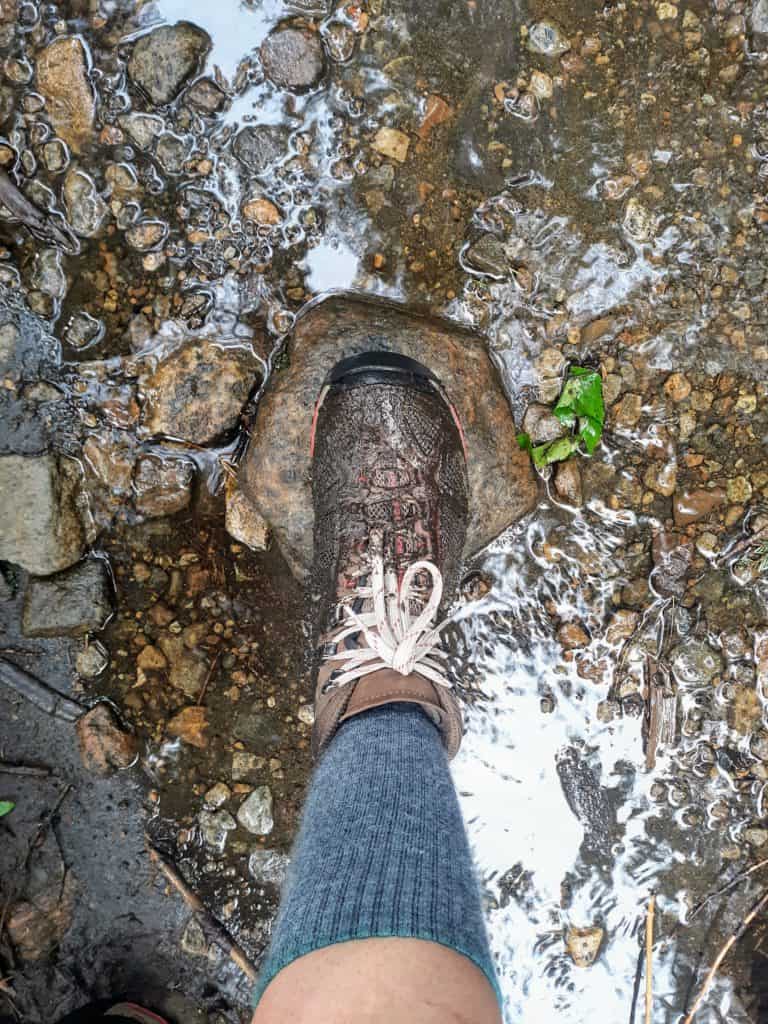
So What Clothing Exactly Should You Wear When Hiking in the Rain?
The answer to this question depends somewhat on what season it is, though you should always follow the tips listed above regardless of season (consider synthetic/natural insulation materials, waterproof footwear, pack extras, avoid cotton, etc.)
Hiking in the Rain in Summer:
- Hiking pants or shorts
- Lightweight synthetic or wool tank or tshirt
Hiking in the Rain in Winter:
- Hiking leggings or pants
***A side note on upper body layering – unless it is brutally cold (I’m talking below freezing, single digits, type of cold, I will often use the same ultra lightweight waterproof rain jacket, the Outdoor Research Helium II, because it is just so lightweight and easy to pack. In winter, I will just add a mid layer on underneath it, so that I have 3 total layers: a wool baselayer, a wool midlayer, and my outer shell Helium II jacket. This works for 99% of my hikes. HOWEVER, if you do brutal cold weather hikes, you may want to invest in a waterproof outer shell that has more insulation power.
- Hat/Beanie
#3: Bring an Emergency Shelter
One additional helpful item you can bring with you when hiking in the rain, no matter the season, is a quick solution for temporary shelter, if you ever find yourself needing to ride out a storm or downpour. This emergency tent is small, lightweight, and easy to pack along, so there’s no use not to have one!
#4: Check the Weather Forecast
Always check the forecast before starting your hike. Especially if you are hiking on a mountain summit, because hiking in the rain at high altitude can be much more threatening, as mountain storms can not only contain rain, but often more threatening elements like lightning.
My favorite mountain forecast resource is mountain-forecast.com. It gives you the most accurate forecast for the mountain itself, not just the general area, because it is important to understand that weather conditions on the top of a 14,000 foot mountain can be drastically different than at its base!
#5: Check a Hiking App for Current Conditions
A lot of hiking apps, like AllTrails, will have current and/or recent conditions posted. While it might not be able to tell you live in the moment weather, you can get a good idea of what the trail conditions are like, and if they are affected by rain.
#6: Choose Your Trail Carefully
Choose your trail carefully if rain is a factor. For example, avoid trails where rain will make the trail more slippery and dangerous, or muddy beyond enjoyment. Consider carefully if the trail traverses terrain that includes ravines and such, as rain can make a trail like this muddy and wet beyond what you might enjoy. Wider and more exposed trails are generally going to be better when hiking in the rain.
Are there extremely steep sections that might not be fun to traverse in rain?
Possibly a scree field that is unpredictable enough on its own without rain involved?
Perhaps a stream crossing that might be more than a stream now?
These are a couple of things to consider.
One of the hikes I did in New York’s Adirondacks, Mt. Marcy (the highest peak in the state), was one such hike. The trail mainly climbs up through a mountain ravine, across a collection of never ending small and large boulders. When it rains here, all the rain gets funneled into that ravine trail, and those rocks become treacherously slippery. It was 16 long, miserable miles of carefully and slowly picking my way up and down those slippery rocks. It stole the joy out of the hike (except for the summit, that was still worth it – the rain broke just a little for me to enjoy the payoff!).

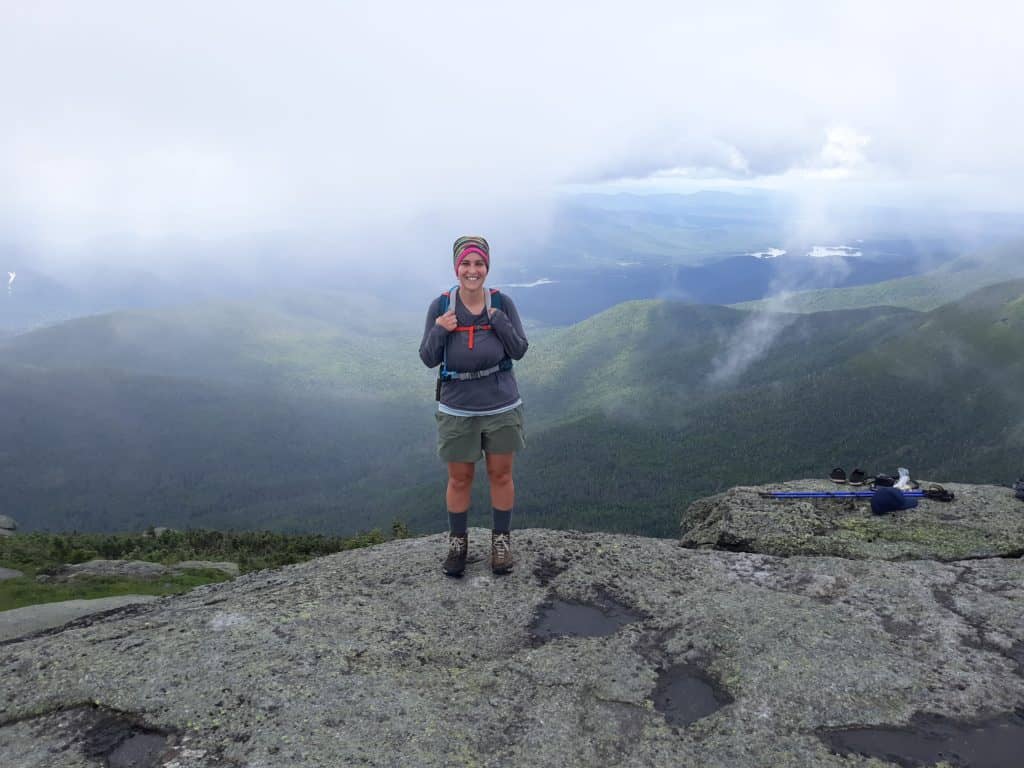
#7: Consider a “Covered” Trail
If you know there’s a good likelihood you will end up hiking in the rain, consider a high foliaged forest trail, for example. The more coverage the better, and the less wet you are likely to get. Need help determining if a trail is “covered” or shady? A hiking app like AllTrails can help give you insights into this.

#8: Treat Terrain with Care
Rain can make logs and rocks slippery, or create slippery slopes. Creek crossings can be swollen. Slow down, take your time, treat the terrain with care, and pay attention. You won’t be hiking at your fastest when hiking in the rain.

#9: Waterfalls and Streams
It is important to understand how rain affects different environments that you might hike through. Rain can make that stunning waterfall even more stunning and powerful. Go see it in the rain! Rain can make those gentle stream or creek crossings swollen and stronger than they look. Save that hike for another day!


#10: Consider an earlier end or shorter hike
Maybe you had a full day of hiking planned, but rain is in the afternoon forecast. Make proactiv plans to end your hike a little earlier than planned, or choose a shorter roundtrip hike.
#11: Consider Choosing a Familiar Hike
Anytime there is questionable weather, it is worth considering avoiding unfamiliar trails, and at least stick to familiar ones. This isn’t always possible or preferable, but if there is a familiar hike that you absolutely love on repeat, save it for rainy day hikes! Weather is one of those elements that can throw a wrench in your hike, and if the weather does cause an unforeseen issue for you, it can help to be on a familiar trail (even better if it is a well-trafficked trail), than a less familiar one, where you could get disoriented or lost.
#12: Research Your Trail Ahead of Time
If you end up planning to hike in the rain on an unfamiliar trail, be sure to research the trail ahead of time. Fumbling around on your phone while it is pouring down rain, trying to look up how long the trail is, where the turn around point it, landmarks along the way, etc., will be exponentially harder in the rain, versus done ahead of time. Even without rain in the forecast, researching your trail ahead of time is always a good rule of thumb!
#13: Pack Portable, Quick, On the Go Snacks
When hiking in the rain, it is better to enjoy snacks that can be eaten quickly and on the go, versus having to stop, prep, and eat. Picnics aren’t going to be ideal in the rain. And if you happen to find yourself in a dicey situation when hiking in the rain, you are going to be appreciative of having quick, on the go snacks that you can use to fuel while you book it out of there quickly! Here are a few of my favorite hiking snacks that are perfect for rainy day snacking as well!
- Trail mix
- Beef jerky
- Squeezable peanut butter pouches
- Squeezable applesauce pouches
- Tuna packets
- Honey Stinger Waffles
- Dried fruit
- Sandwiches (in a Ziploc bag of course!)
- RX Bars
You can check out a FULL list of the best hiking snacks HERE!
#14: Know When to Turn Around
Listen to your gut. Know when the weather is getting worse, and turn back. The trail will always be there another day. Don’t put yourself in unnecessary danger.
#15: Share Your Plans
If you are planning to hike in the rain, be sure to let a friend or family member know your anticipated plans and when you plan to finish hiking, especially if hiking solo!
Check out these 7 other safety tips for hiking solo!
#16: Bring a Pair of Dry Clothes to Change into in the Car
If you are day hiking, nothing will feel better than a dry pair of clothes to change into at the end of a trek spent hiking in the rain!
#17: Appreciate the Positives About Hiking in the Rain
Hiking in the rain doesn’t have to be miserable. And it doesn’t have to mean you can’t hike at all. In fact, there are certain places, like the Pacific Northwest, that get so much rain, that hiking in the rain is often a necessity, when done responsibly. Otherwise all those Pacific Northwesterners would have to give up so much of their hiking potential, and that would be a total shame! Instead, appreciate the positives about hiking in the rain:
- Less people and crowds = solitude for you
- The relaxing sounds of rainfall can be de-stressing
- The chance to take things slower and appreciate your surroundings
- Rain, mist, and fog can create some unique and otherworldly scenery
- If it’s a waterfall hike, you are in for a real treat!
- Rain can really make those colors pop – greener trees, pinker flowers, bluer lakes, etc. You may even be treated to a rainbow!
- Cleaner air
- You can choose to see rain as a damper, or you can choose to see it as more adventurous!

#18: Know What to Watch For When Hiking in the Rain
In addition to the tips above, there are a few more hazardous things to watch for when hiking in the rain. These are warning signs that should make you turn back, or save the hike for another day.
- Watch for Thunderstorms / Lightning – if you see this in the forecast, save the hike for another day. There is a difference between hiking in the rain, and hiking in a storm with lightning. Keep reading to get more tips on what to do if you find yourself hiking in rain that transitions to a storm with lightning!
- Watch for Flash Floods – especially true in environments like canyons. If you ever need a stark reminder of how deadly flash floods can be, read Death in the Grand Canyon. It is a sobering reminder to avoid canyon hikes if rain is in the forecast!
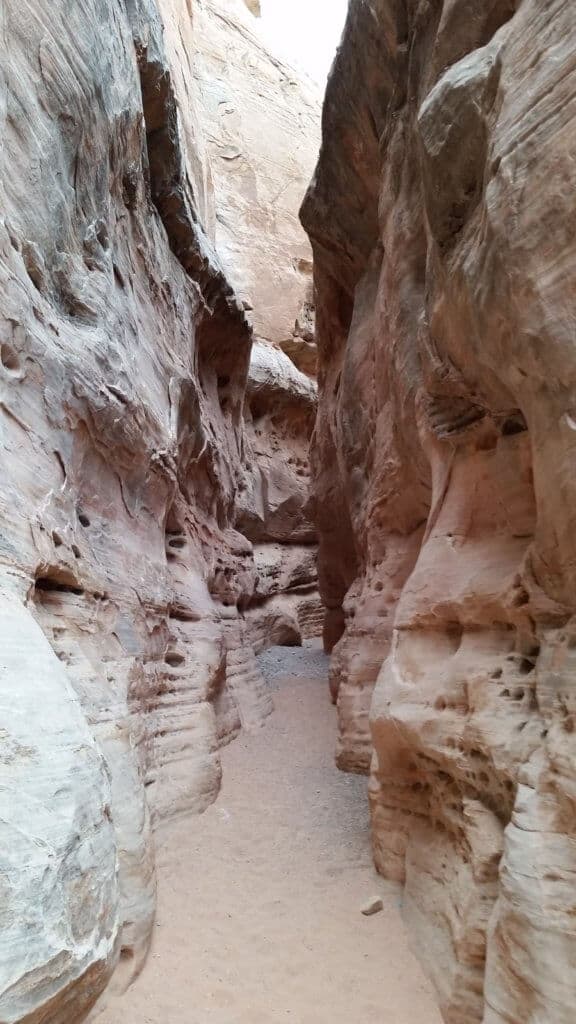
- Watch for Signs of Hypothermia – if you get wet when hiking in cold temperatures. I’m no expert doctor, so I like to go straight to the respected sources and trust the Mayo Clinic’s pointers on what hypothermia looks like.In short though, you should be very concerned about hypothermia if you notice:
- Slurred speech
- Excessive shivering (NOTE – in severe hypothermia shivering can actually stop, which is a bad sign!)
- Shallow breathing
- Weak pulse
- Confusion
- Clumsiness
- Loss of consciousness
The Mayo Clinic outlines how you can treat hypothermia when hiking. To summarize:
- Move the affected person out of the cold and wind – another reason to have an emergency shelter like this tent! (An emergency tent is one of the 10 hiking essentials you should always have in your pack with you on all your hikes – you can grab your own Hiking Essentials Checklist HERE!)
- Insulate the neck and head and insulate against cold ground
- Remove wet clothing and replace with dry, and if possible, warm, clothing or blankets (your body heat can also be used if you place your body against their core)
- In a hiking situation, attempt to make a fire to aid with warming up
- Warm up the affected individual gradually
- Offer warm drinks (not hot – this can shock the system)
- Administer CPR if necessary
And here are 5 other hiking mistakes to watch for and avoid as a newbie hiker – adding rain to any of these situations will only make things dicier, so it is important to be aware, mindful, and knowledgeable!
#19: What to Do When Hiking in the Rain Turns into Hiking in a Thunderstorm
If you ever find yourself in the unfortunate situation of a rain shower turning into an ugly thunderstorm, here are a few things you should do immediately:
- Take shelter immediately if possible – avoid being out in the open exposed
- Descend mountain summits as quickly as possible
- Avoid tall lone objects like a single tree, utility pole, etc.
- Avoid contact with anything metal – this includes metal frame packs, metal trekking poles, belts, etc.
- Avoid bodies of water
In a worst case scenario, if you find yourself in a torrential downpour or storm and things are getting drenched, prioritize keeping these items dry:
- Your extra pair of wool hiking socks
- Your sleeping bag
- Fire making materials (fire starters, etc.)
Waterproof backpack covers can help with this, and it is also helpful to line the inside of your pack with a trash bag. For individual items like fire starters, phone, snacks, etc., you can use dry bags and Ziploc bags to store inside your pack.
You can find additional insightful and potentially life saving tips on lightning safety from these trusted sources:
#20: Dry Out Your Wet Hiking Rain Gear When You Get Home
Don’t forget to dry out all your wet hiking rain gear when you are finished hiking, to avoid a mildewy situation, and to have all your gear ready to go for the next rainy day hike!
You can’t control the weather, but you can control HOW you PREPARE for it! In the end, as long as you are properly prepared for hiking in the rain, a positive attitude is the best thing you can bring with you! Many rainy day hikes have a way of becoming your most memorable, crazy, unexpected, adventurous, and fun hikes!
PIN for LATER!

